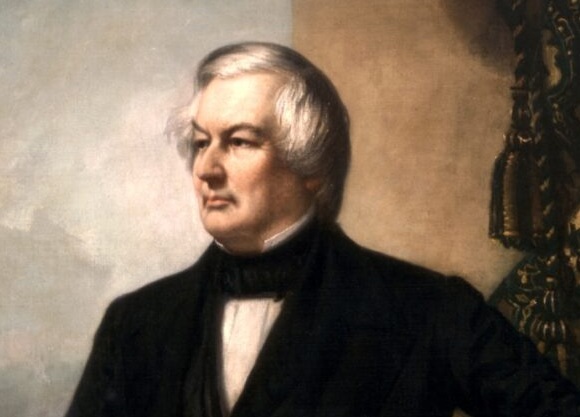Black Tuesday, the harrowing day of October 29, 1929, reverberates through history as a watershed moment in the annals of finance.

In this article, we’ll dissect the events leading up to Black Tuesday, unravel its ramifications, and glean insights into the lasting impact it had on the United States.
Understanding Black Tuesday: Black Tuesday marked the culmination of a frenzied period of speculation and excess in the U.S. stock market, fueled by a euphoric belief in perpetual economic growth. As stock prices soared to dizzying heights, investors leveraged themselves to the hilt, betting on ever-rising valuations. However, beneath the surface, cracks were beginning to emerge, signaling an impending reckoning.
Causes of the Stock Market Crash: Several factors converged to precipitate the collapse on Black Tuesday. Rampant speculation, fueled by easy credit and lax regulations, inflated asset bubbles across various sectors. Additionally, signs of economic weakness, including declining industrial production and agricultural prices, cast a shadow over the market’s exuberance. When the bubble inevitably burst, panic ensued, triggering a catastrophic selloff that reverberated around the world.
Consequences of the Crash: The fallout from Black Tuesday was swift and severe. Trillions of dollars in wealth evaporated virtually overnight as stock prices plummeted, wiping out fortunes and decimating investor confidence. The banking system teetered on the brink of collapse as panicked depositors rushed to withdraw their funds, leading to a wave of bank runs and closures. Unemployment soared, reaching unprecedented levels, as businesses buckled under the weight of economic turmoil.
Response and Recovery Efforts: In the wake of the crash, President Herbert Hoover and policymakers grappled with the monumental task of stabilizing the economy and restoring confidence. However, their efforts to stem the tide of the crisis proved woefully inadequate, exacerbating the suffering of millions. It wasn’t until the election of Franklin D. Roosevelt in 1932 and the subsequent implementation of the New Deal that the nation began to chart a path toward recovery.
Lessons Learned: Black Tuesday serves as a sobering reminder of the perils of speculative excess and the fragility of financial markets. The crash exposed glaring weaknesses in the regulatory framework and underscored the importance of prudent risk management and investor education. While the events of Black Tuesday cast a long shadow over the nation, they also paved the way for reforms that would shape the future of finance and usher in a new era of financial stability.
Conclusion: As we reflect on the legacy of Black Tuesday, we are reminded of the enduring lessons gleaned from this pivotal moment in financial history. By understanding the causes, consequences, and responses to the crash, we can better navigate the complexities of modern markets and strive to build a more resilient and equitable financial system for future generations.
To amply information:



